Source: Semiconductor Industry Observation
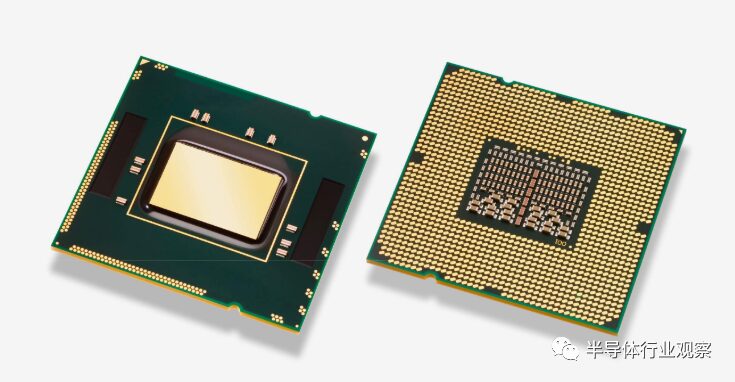
CPU Blueprint: ISA
Control Unit and Data Path
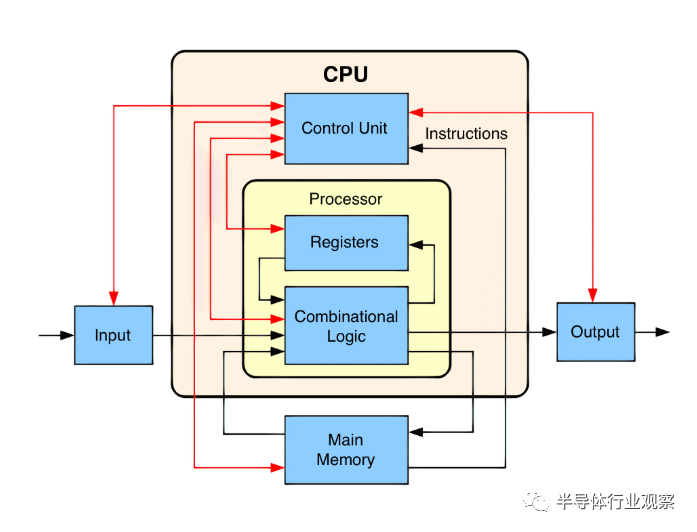
Instruction Cycle – Fetch
Instruction Cycle – Decode
Three Main Instruction Types
ALU
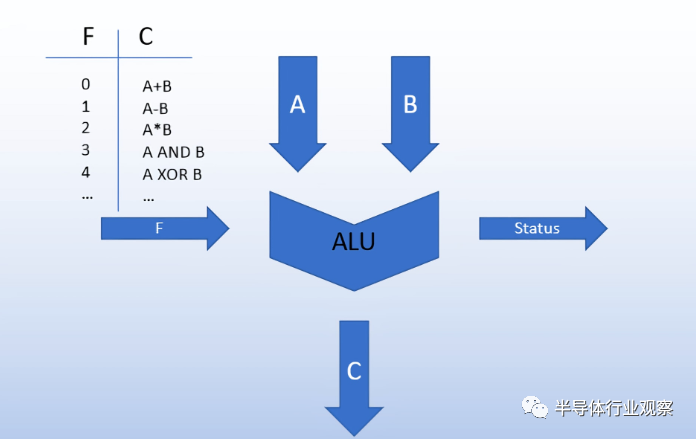
Memory Instructions and Hierarchy
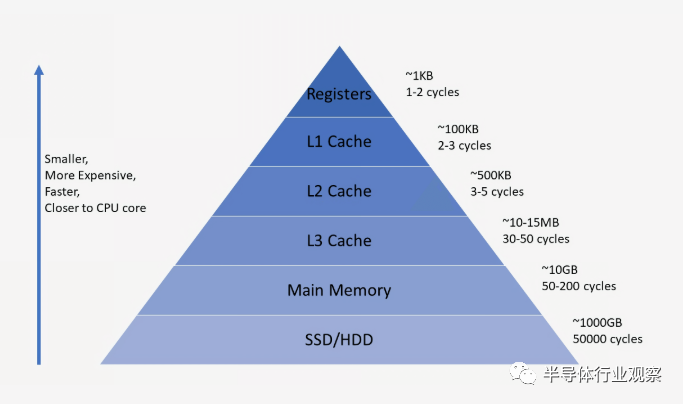
Branch and Jump Instructions
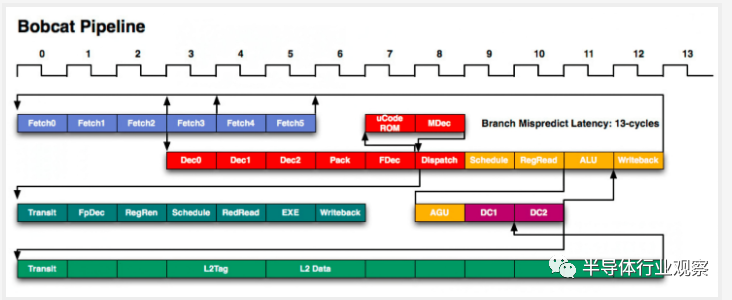
Out-of-Order Execution
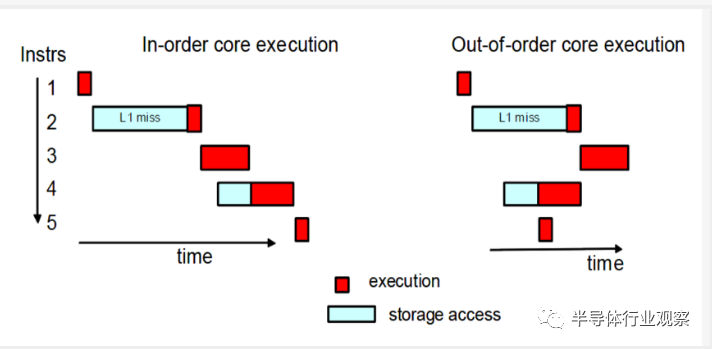
Accelerators and the Future

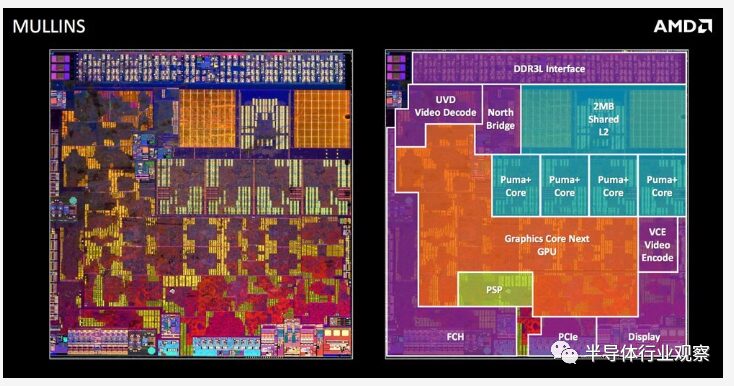
Moving to Multi-Core
Physical Design
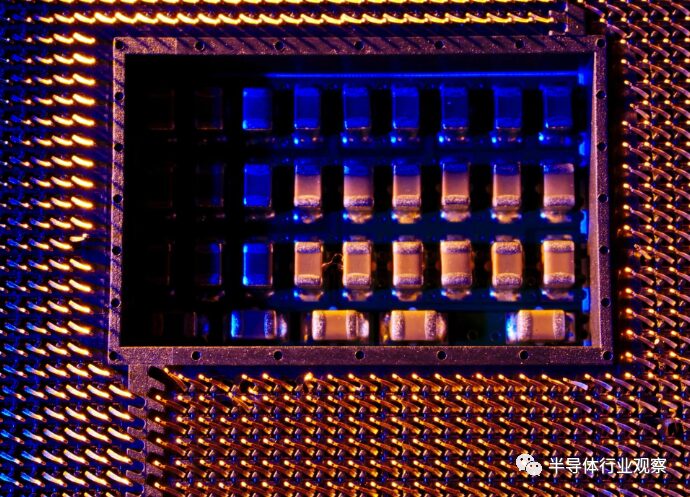
Putting It All Together
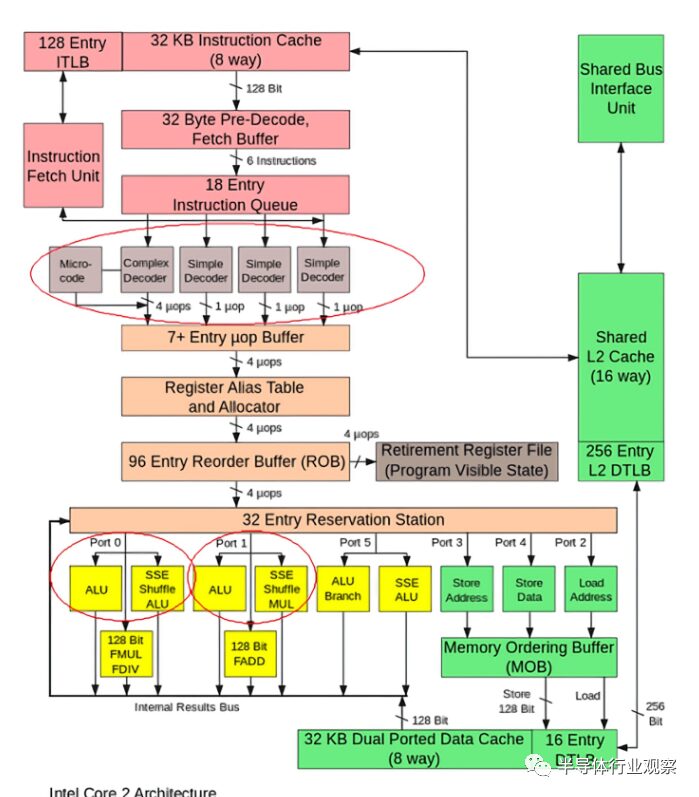
Public Account ID:imecas_wx
